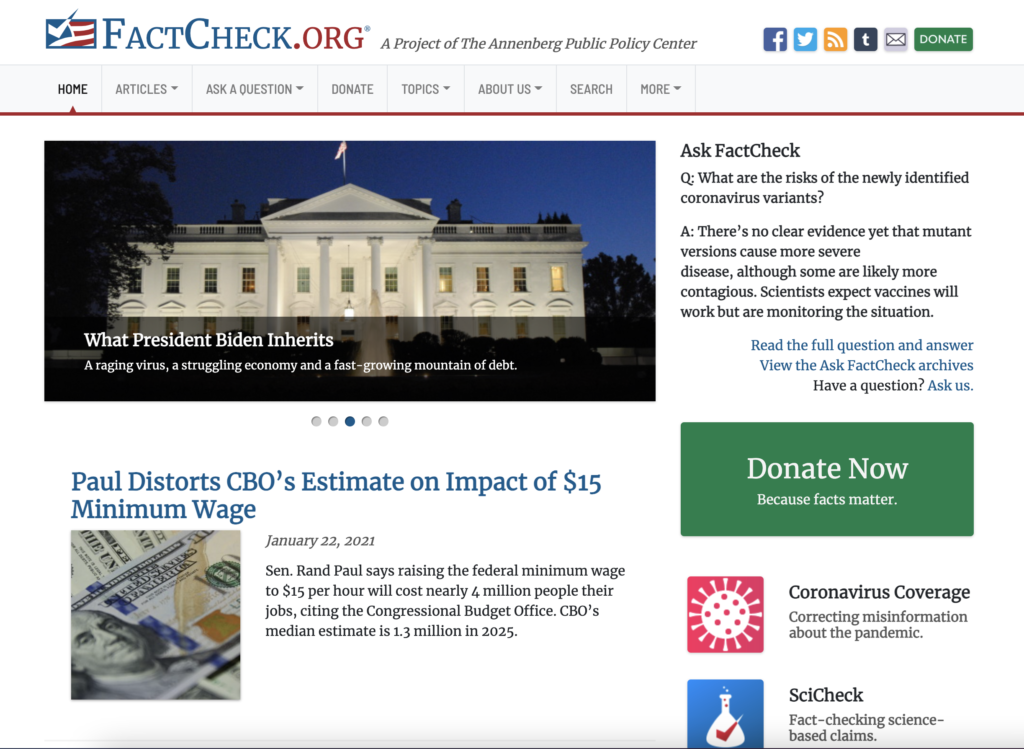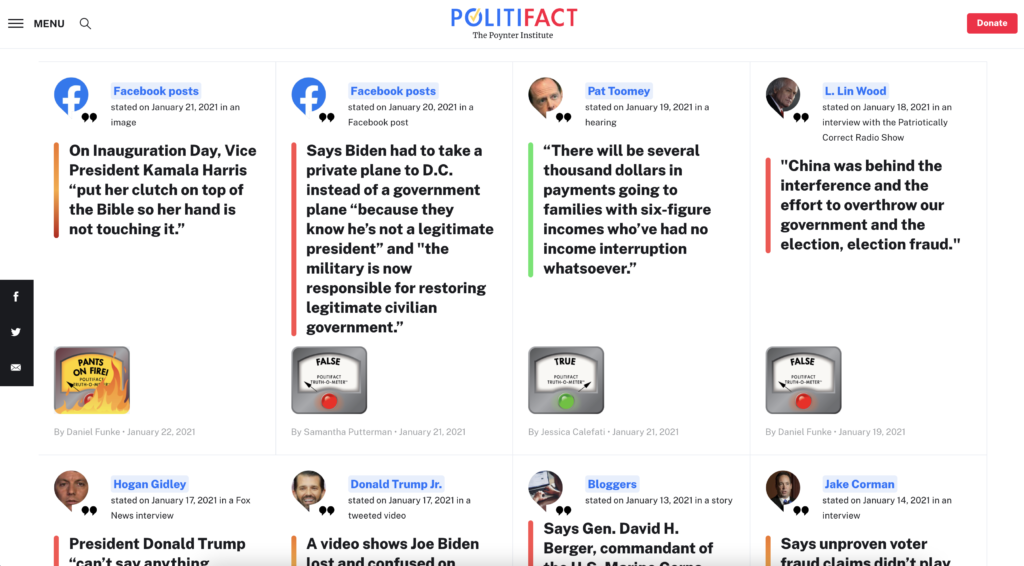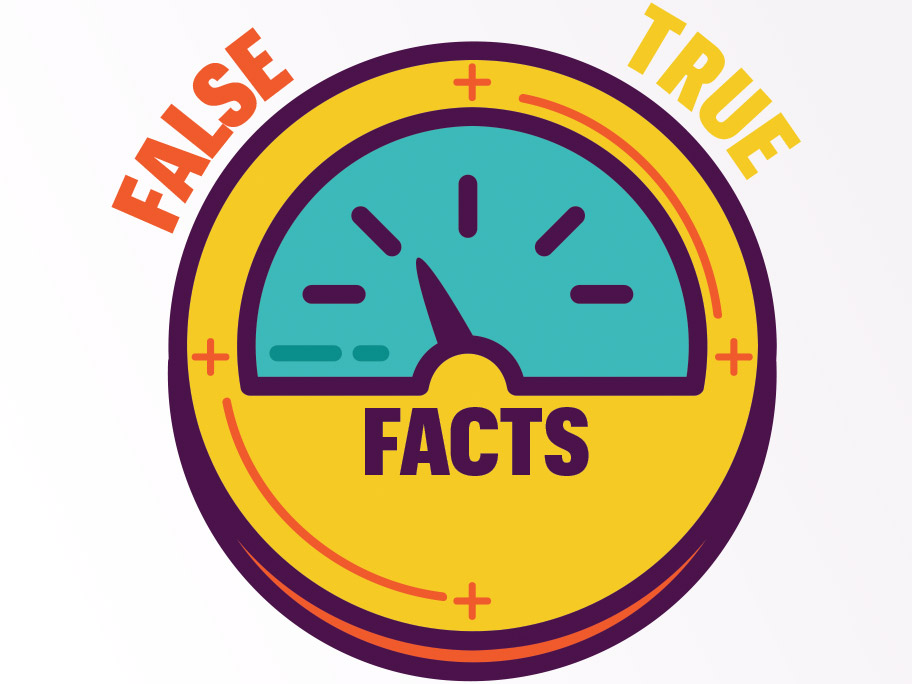As mentioned in recent posts there are multiple reasons for the rise and existence of false or misleading information in the digital age. Some of them occur because of a data void, but there are also other reasons like the so-called filter bubbles, where an algorithm selectively guesses what information a user would like to see based on information about the user, such as location, past click-behavior and search history. This term was coined by internet activist Eli Pariser in 2010 and also discussed in his 2011 book of the same name. As a result, users get isolated from information that might differ from their own opinion. This leads to less discourse of information and again might be harmful for our civic discourse.
The extrem negativ effects a filter bubble can have is shown in the following video THE MISEDUCATION OF DYLANN ROOF (Trigger warning: Violence, Racism and racial slurs, Hateful language directed at religious groups).
https://www.splcenter.org/files/miseducation-dylann-roof
Here is a short video of things to look for when you are uncertain or just want to know what to look for when surfing the world wide web:
Despite the things to look for mentioned in the video, sometimes that is not enough. If you watched the video about the miseducation of dylann roof, you will clearly realize that websites which spread false information or hate speech are sometimes designed in a similar way to other reliable news pages, which can make it difficult for not savvy users to identify propaganda and misinformation.
Since 2010 a lot of fact checking sites appeared. Most of them rely on the same principle. They use donations to do their work and they write articles about current rumors.

Fact checking sites like FactCheck.org or the The Washingtion Post Fact Checker like to comment on mostly false information spread by politicians and such. However, they do not show or label content compared to the social media platforms, on which false information is spread throughout the platforms and also shared to other social interaction platforms. You will find statistics about that here.
Other sites like PolitiFact show statements and their truthfulness in form of an “Truth-O-Meter”. In my personal opinion the design of the quotes and the “Truth-O-Meter” does not look really sophisticated and believable. In the next post I want to do a survey about the credibility of these sites and their designs.

Another fact checking organization or institute is IFCN. This website is really transparent and well designed. Its function is described as follows: “The code of principles of the International Fact-Checking Network at Poynter is a series of commitments organizations abide by to promote excellence in fact-checking. We believe nonpartisan and transparent fact-checking can be a powerful instrument of accountability journalism.”

They use a clear and consistent design language, like corporate colors and fonts. The International Fact-Checking Network is a unit of the Poynter Institute dedicated to bringing together fact-checkers worldwide. Also they use a corporate badge to verify organizations, which looks like this:

Around 100 fact checking or news organizations all over the world use this service or way of validating, even tough it is not an easy application process. Next to other reasons why implementing such a verification is important, the good design is clearly making the site more sophisticated.
Some Fact Checking Sites and Organizations:
https://www.washingtonpost.com/news/fact-checker/
https://www.politifact.com/truth-o-meter/
https://www.ifcncodeofprinciples.poynter.org/
Next up: Survey about fact checking websites credibility, Systems/Icons to label content, Which labels do we need?
